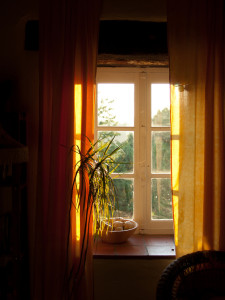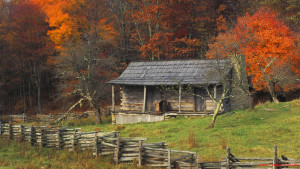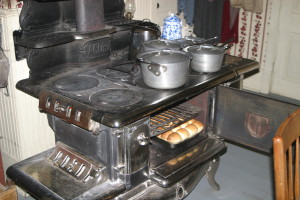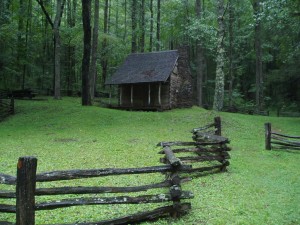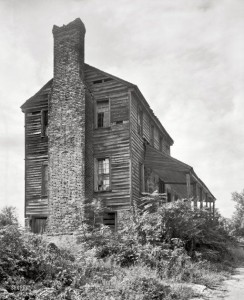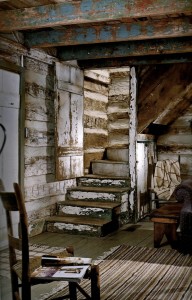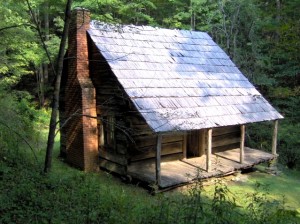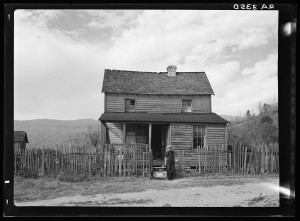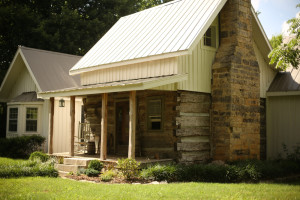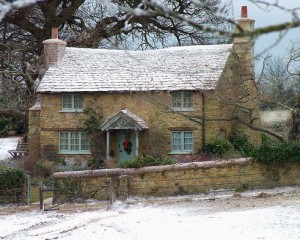About Noah Bradley
This author has not yet filled in any details.So far Noah Bradley has created 1221 blog entries.
Heresy! Brick chimney on a log cabin?
Noah Bradley2019-06-29T10:41:59+00:00Here’s proof that a brick chimney can look good on a log cabin… it’s tough to do, most that attempt it, fail.
It’s an unspoken rule that log cabins must have a stone chimney, I’ve never built anything but stone on the cabins that I have built, but here is a photo that shows there are no absolute rules with cabins.
Originally posted 2015-09-22 21:36:53.
Siding on a log cabin
Noah Bradley2019-06-29T10:41:57+00:00I do like this cabin.
I’m one of those who likes nice painted wood on a cabin as much as I do their more rustic natural wood cousins.
But, I’m a little confused why the preservationists of this cabin started their siding as low on the house as they did… I would have started it higher up where the triangular gable end of the cabin began.
Originally posted 2015-09-22 21:20:57.
One classy stone home
Noah Bradley2019-06-29T10:41:56+00:00I’m particularly fond of this house.
Most larger stone homes are too symmetrical… too rigid… for my tastes.
This gal though seems more “homey”, more comfortable and inviting.
I’m not certain why that is.
Is it that the windows are different from one side of the door as on the other?
Is it that the chimney’s are each unique?
Perhaps that’s partially the answer, but I think the main feature that I find appealing on this classy home is the gentle sag of her roof line.
What kind of builder appreciates a sagging roof-line? lol
Originally posted 2015-09-21 13:54:28.

